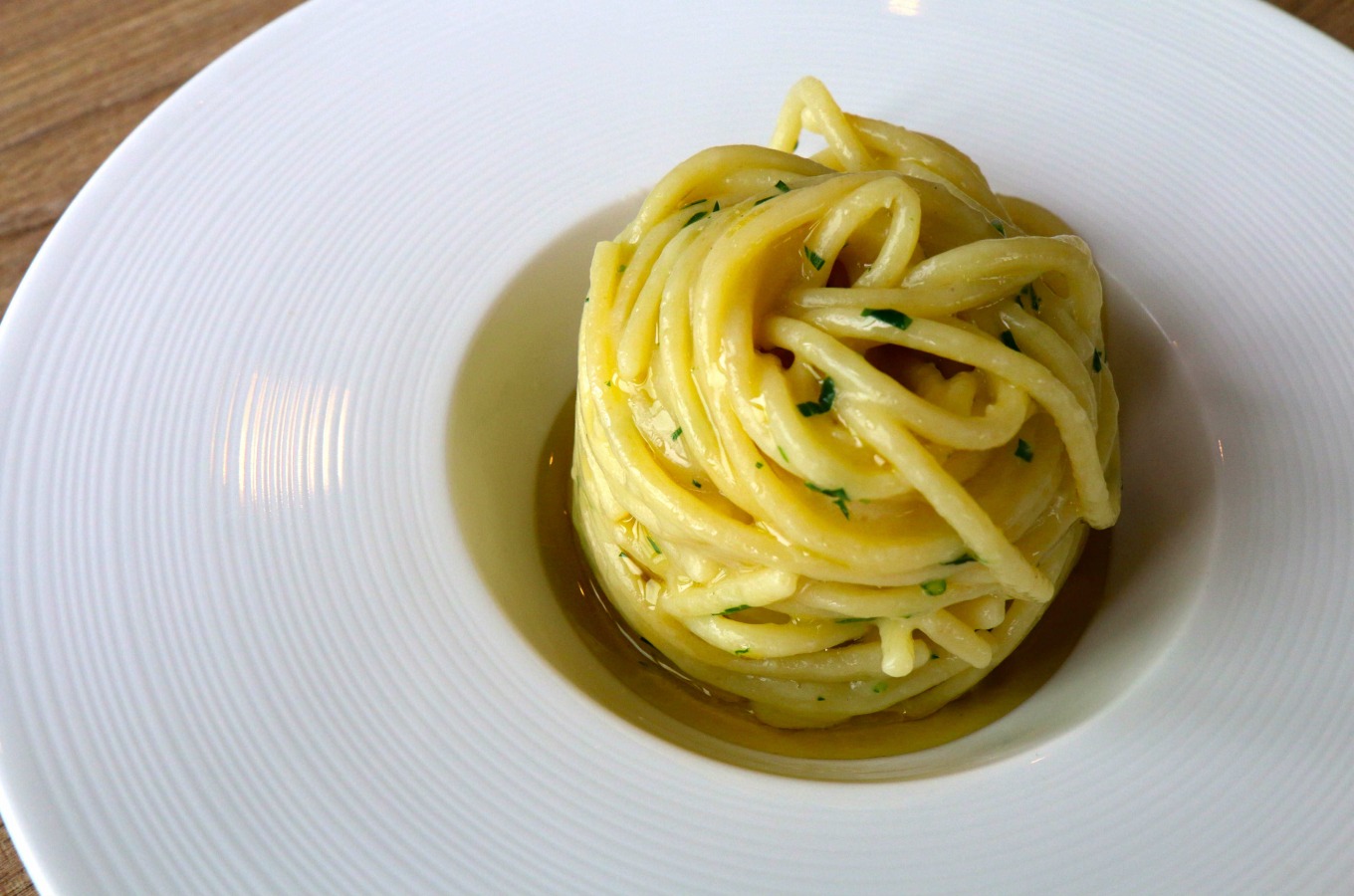The anchovy sauce

In Christmas time a typical dish cooked on Christmas Eve in the village of Cetara is: spaghetti with anchovy sauce! Why precisely in December? The Cetara anchovy sauce is an agri-food product typical of this small fishing village in the Amalfi Coast. Its origins date back to the Romans, who produced a sauce very similar to today's sauce, called garum. The recipe was then recovered in the Middle Ages by the monastic groups present in the Coast, then spread among the population of the coast. The anchovies used are fished near the Amalfi coast in the period from March 25 to July 22. The anchovies, freshly caught, are cleaned and placed in alternating layers of salt and anchovies in special containers in chestnut or oak and covered with a wooden disk on which weights are placed, gradually smaller with the passage of time. As a result of the pressure and maturation of the fish, surface liquid emerges that is stored in large glass containers and exposed to sunlight which, by evaporation of water, increases its concentration. After about four or five months, between the end of October and the beginning of November, all the liquid collected is again poured into the barrels with the anchovies, and slowly poured through a hole, between the layers of fish, in order to collect further the taste. It is finally filtered through linen cloths, and is therefore ready for the beginning of December. Today we can use anchovy sauce not only to prepare the tasty dish with spaghetti but also as a condiment to flavor, instead of salt, the various dishes that we find daily on our tables.
The essence of the pouring of anchovies is given precisely by the presence of this particular type of fish, so we see together its nutritional characteristics. First of all the anchovies are also known with the name of anchovies, belong to the category of blue fish, in fact on the back of these fish is visible a blue strip, with green hues. Anchovies are widespread throughout the Mediterranean; they are rich in useful nutrients and have an extremely moderate energy content: the caloric power is essentially given by proteins and in small part by fat. The proteins of the anchovies are rich in essential amino acids, which establishes a high biological value. The few lipids present, however, are of great nutritional interest, as they are rich in omega 3 fatty acids of eicosapentaenoic acid (EPA) and docosahexaenoic acid (DHA). Among the vitamins, the concentrations of those in group B stand out, such as riboflavin (vit B2), niacin (vit PP), and liposoluble calciferol (vit D) and retinol (vit A). With regard to mineral salts, high levels of iodine, selenium, iron, calcium and phosphorus can be appreciated. In all nutritional plans the blue fish is the one whose frequency of intake is most recommended for two reasons: the first is that it is a local product whose freshness is guaranteed; the second reason is due to its wealth in omega 3, which we must consider it as an ally in the prevention of cardiovascular disease.
Never as in this case, we have a perfect example of how food, when used correctly and with awareness, can be our medicine.
#MelRoseFriends




